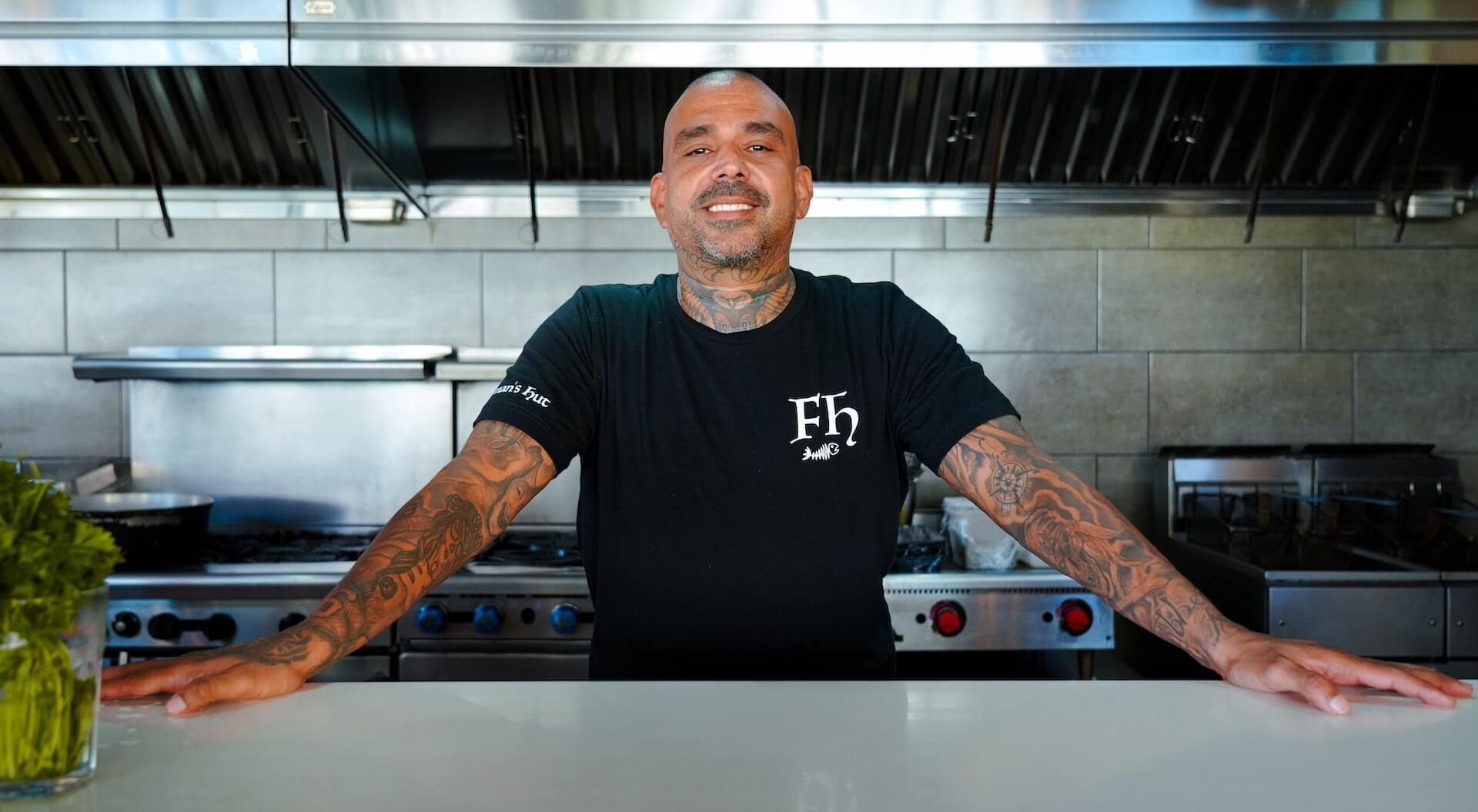Canadian Trends 2023: Technomic
by David Klemt

Restaurant, bar, and hotel operators will find this year’s data-driven trend predictions from Technomic for 2023 insightful.
Interestingly but perhaps not surprisingly, some operators may be looking beyond North America for inspiration.
Per Technomic, Central and South American cuisines could influence menus in Canada this year. Other food trends that might take hold are “retro” health items, and all manner of pickled foods.
Of course, not every Canadian trend prediction involves F&B. According to Technomic, tech and the guest experience will play important roles.
To review last year’s Technomic predictions, click here. Now, let’s jump into Technomic’s 2023 predictions.
Guest Experience
Certainly, the guest experience should always be top of mind for operators, their leadership teams, and their staff.
In this instance, Technomic isn’t suggesting that the guest experience in general will be a trend. Obviously, with as important as it is to the success of any business, it’s a cornerstone.
Rather, Technomic predicts that guests will continue to feel the need to rein in their spending due to ricing costs and prices. However, the foodservice research firm also believes there’s still heavy desire for social interaction.
So, both those financial and social influences translate to the following: overdelivery.
Operators and their teams must ensure they position their brands well; make guests feel special every visit; and really dial in the guest experience. Specifically, Technomic suggests focusing on younger generations and menus with at least a couple specialty items that aren’t easy for a guest to replicate at home.
In other words, do whatever it takes to entice guests with memorable experience and quality menu items, and keep them coming back for more.
Technology
Multiple industry sources believe that 2023 is the Year of Tech for the hospitality industry. In particular, some sources believe that POS systems will receive significant attention from operators looking to upgrade.
Compellingly, Technomic sees the situation a bit differently. In particular, they’re suggesting that QR code menus may find themselves on the sidelines. Traditional menu, according to Technomic, will make their comeback this year.
Also making a (possible) resurgence? Per Technomic, in-person ordering for carryout and in-person dining.
As far as tech innovations that Technomic expects to take off this year, they see the following as standouts:
- loyalty programs;
- enhanced/upgraded cooking equipment;
- automated inventory software/platforms; and
- digital menu boards for back of house.
Culinary
As hinted at above, Central and South American cuisines are expected to take off in Canada, per Technomic.
The research firm provides specific—and delicious—examples:
- Honduras: Baleadas tacos
- Dominican Republic: Wasakaka sauce
- El Salvador: Curtido slaw or relish
- Peru: Aji amarillo and rocoto peppers
- Bolivia: Saltenas, similar to empanadas
Another culinary trend Technomic predicts will perform well in Canada? Pickled everything.
Okay, maybe not everything. However, Technomic expects “pickling, fermenting, dehydrating and freeze-drying” to “increasingly pop up on menus.” The firm expects that operators will offer a wide range of “unusually pickled items outside of the typical veggies, including proteins and seeds.”
So, if you’re an operator reading this, it may be time to motivate your back-of-house staff to get creative with their pickling ideas.
Finally, pandemic-driven, health-based trend foods like turmeric and ginger may start to fade in popularity. Instead, predicts Technomic, items with “classic” health descriptors such as “natural,” “real,” “free,” “reduced,” and “lower” will get attention from guests looking to eat and drink healthier.
For your own copy of this Technomic report in its entirety, click here.
Image: Roman Odintsov on Pexels


